QRP portable small loop antenna shortwave antenna radio walkie talkie wireless
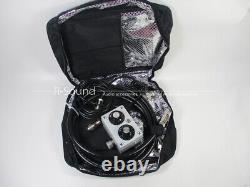
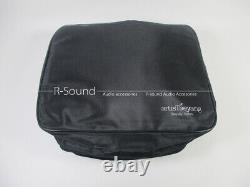
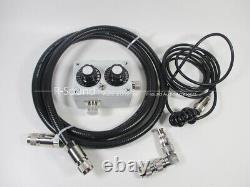
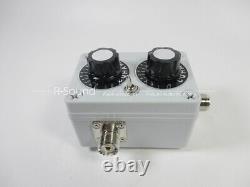
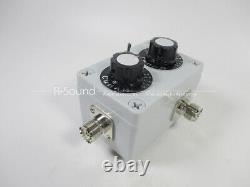
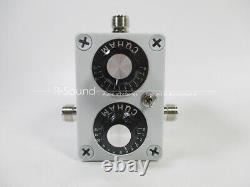

QRP portable small loop antenna shortwave antenna radio walkie talkie wireless. Frequency range: 7MHz-30Mhz 144MHz-148MHz 430-440MHz (UHF segment can be resonated when the antenna is onboard, can not use feeder connection) Aeronautical band, FM FM broadcast can also provide excellent receiving capability. Withstand power: 5 watts Product accessories: tuner x1, ring body x1, bag x1, feeder x1, right angle adapter x1, double male connector x1, M female to BNC male X1. (BNC seat equipment needs to bring a pair of camera tripods) Use a right-angle adapter and a double male butt to connect the antenna to the m-seat at the rear of the radio, or to attach the ring to the connector on both sides of the controller, and then attach the tripod to the mounting on the back of the tuner. On the top, open the tripod, place the antenna body firmly on the tripod, and finally connect the feeder (the feeder has a choke coil, and one end of the choke is placed close to the small loop antenna). Now that the small loop antenna is connected to your radio, you can now tune it. First, the function of the tuner panel is introduced.
The left toggle switch is the band selection switch (upward: 7MHz, down: 14-30MHz). The main control knob and the upper knob are frequency tuning knobs. The value of the frequency tuning does not change due to environmental changes.
The lower knob is the impedance matching knob, and the impedance matching value will change due to environmental changes. (The two knobs have a tuning range of 180 degrees and the panel values?? When starting to use, the radio selects the desired frequency, then sets the band switch to the desired band position, then adjusts the impedance matching value of the lower knob to 30, and then adjusts the upper knob for tuning.
At this point, pay attention to the bottom noise of the radio station. The more resonant, the louder the bottom noise of the radio station. In the environment with extremely low noise floor in the field, the antenna resonance noise is almost inaudible. It is recommended that the radio station emit observation standing waves.
Since the portable version of the knob has no deceleration function, the method of fine adjustment must be more delicate, and the smaller the rotation angle, the better. At this point, it can be observed that the standing wave has obvious changes, but the general standing wave ratio will not reach 1.5 or less. In this case, the impedance matching knob needs to be adjusted. It is recommended to adjust the positive and negative 5 scale values?? randomly, then repeat the frequency tuning step and observe The situation of standing wave ratio.Due to the change of the matching value, there are two possibilities before the comparison, 1: the minimum value of the standing wave ratio decreases; 2 the minimum value of the standing wave ratio becomes larger. If the minimum value of the standing wave ratio becomes lower, the impedance matching adjustment approaches the correct value and can be further adjusted. If the minimum value of the standing wave ratio becomes larger, the impedance matching is far from the correct value and must be adjusted in the opposite direction. Repeat the above steps to adjust the standing wave ratio of the antenna to 1.0.
The VHF and UHF bands are fixed to the upper knob and hit 60 to the bottom. The lower knob can adjust the impedance to resonate.The outdoor use effect is the best. The indoor antenna is as close as possible to the window, and the VSWR is not ideal in some environments such as reinforced concrete and closed wall.

